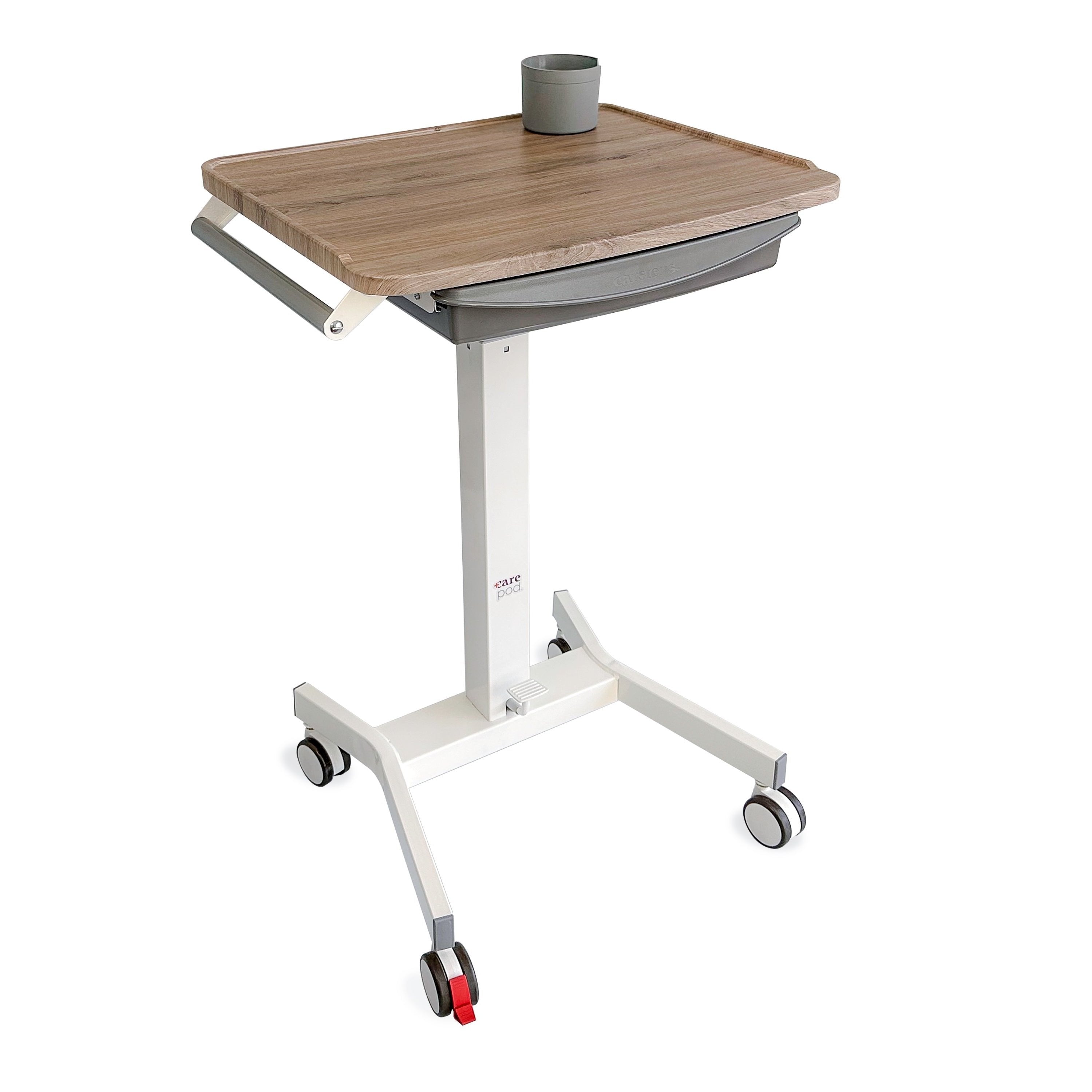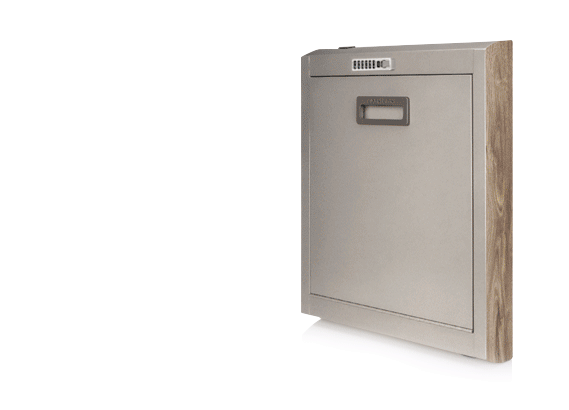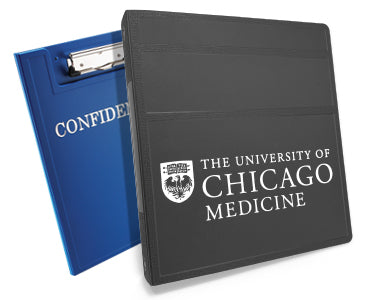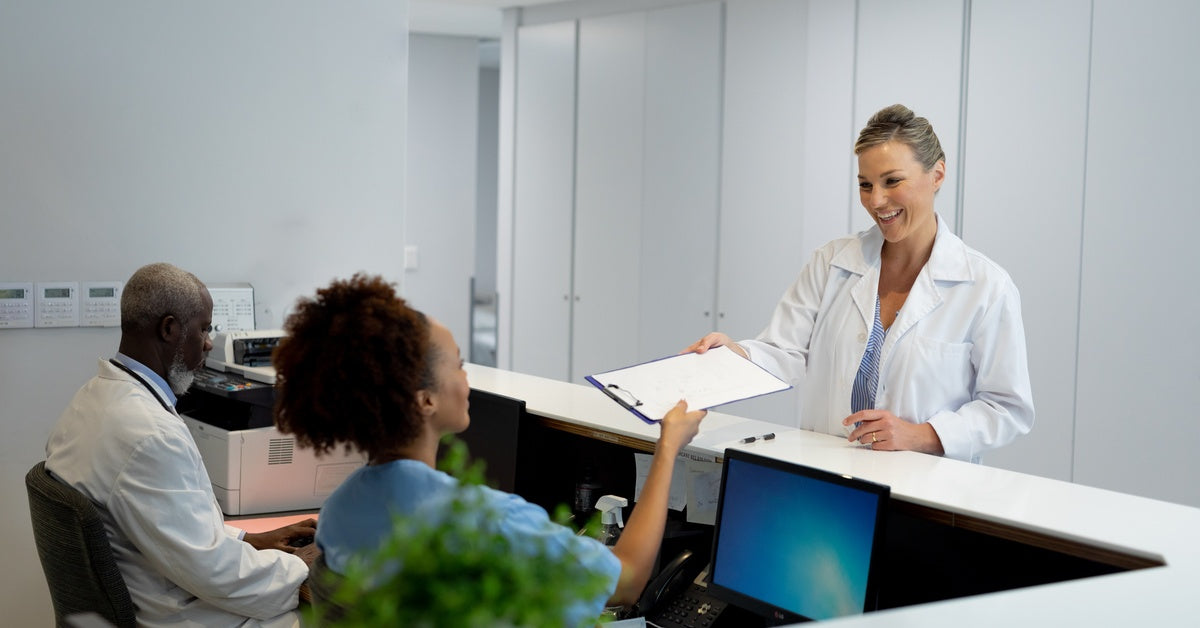
Your facility serves as a sanctuary for healing and a potential transmission point for highly contagious diseases. Measles is so contagious that 90% of unvaccinated people exposed to it will contract the disease.
You hold the power to break this chain of transmission. Strategic prevention measures protect your staff, patients, and the broader community while maintaining the quality care standards your practice upholds. These approaches will help you create a safer environment for everyone who enters your facility.
Ensure the Measles Vaccination of Staff
Your health-care team represents your first line of defense against measles transmission. Verify that all employees have received two doses of the measles, mumps, and rubella (MMR) vaccine or possess documented immunity through blood testing. Adults born before 1957 generally have natural immunity, but confirmation through serology testing provides greater certainty.
Health-care workers without immunity face immediate exclusion from patient care areas during measles outbreaks. This policy protects your staff and patients while maintaining operational capacity during critical periods.
Encourage Measles Vaccine for Patients
Patient education about measles vaccination creates lasting protection beyond your office walls. Discuss vaccination status during routine appointments and address any concerns patients may have about vaccine safety or effectiveness. Parents of pediatric patients particularly benefit from clear information about the recommended vaccination schedule.
Schedule catch-up vaccinations for patients who missed doses or lack immunity documentation. Maintain detailed vaccination records for all patients and send timely reminders when booster shots become due. This proactive approach prevents gaps in immunity that could lead to outbreaks within your patient population.
Screen Visitors for Symptoms
Train front desk staff to recognize measles symptoms, including fever, cough, runny nose, red eyes, and the characteristic rash that typically appears three to five days after symptom onset.
Post clear signage at all entrances asking visitors to report symptoms immediately. Create a dedicated screening area away from the main waiting room where you can assess symptomatic individuals privately. This separation prevents exposure to other patients while you determine appropriate next steps.
Practice Strong Hygiene at Work

Consistent hand hygiene remains fundamental to infection control in health care settings. Wash hands with soap and water for at least 20 seconds before and after patient contact, after touching potentially contaminated surfaces, and following the removal of personal protective equipment.
Alcohol-based hand sanitizers provide effective alternatives when soap and water are unavailable, but they must contain at least 60% alcohol to achieve optimal antimicrobial activity. Place sanitizer dispensers in convenient locations throughout your facility to encourage frequent use by staff and patients.
Implement respiratory etiquette protocols that include covering coughs and sneezes with tissues or the inside of the elbow. Provide tissues and disposal containers in all patient areas and encourage proper disposal techniques to prevent surface contamination.
Sanitize the Health-Care Office
This virus can survive on surfaces for several hours, making regular disinfection one of the essential ways health-care offices can prevent the spread of measles. Clean and disinfect frequently touched surfaces multiple times daily, including doorknobs, light switches, examination tables, and medical equipment.
Use EPA-registered disinfectants effective against the measles virus, ensuring proper contact time according to manufacturer specifications. Pay special attention to areas where suspected measles patients received care, implementing enhanced cleaning procedures that include air filtration system maintenance.
Isolate Patients Suspected of Measles
Immediate isolation of suspected measles cases prevents further transmission within your facility. Escort symptomatic patients directly to a designated isolation room without passage through common areas. These rooms should have negative air pressure and dedicated air filtration systems when possible.
Limit the number of health-care workers entering isolation rooms to essential personnel only. Maintain a log of all individuals who enter these spaces for contact tracing purposes. Patients should remain in isolation until they are no longer contagious, typically four days after rash onset.
Use the Proper PPE
Health-care workers caring for suspected or confirmed measles patients must wear N95 respirators or higher-level respiratory protection. Standard surgical masks do not provide adequate protection against the measles virus.
Combine respiratory protection with gloves, gowns, and eye protection when providing direct patient care. Remove PPE in the proper sequence to avoid self-contamination, and perform hand hygiene immediately after removal.
Provide Patients With PPE

Equip suspected measles patients with surgical masks immediately upon identification to reduce droplet transmission. Ensure masks fit properly and provide instructions for correct wearing techniques. Replace masks if they become wet or damaged during the visit.
Extend PPE provision to family members and caregivers accompanying suspected cases. This additional protection prevents these individuals from becoming secondary transmission sources within your facility or community.
Report Any Cases of Measles
Contact your local health department within 24 hours of identifying a suspected case, providing detailed information about the patient’s symptoms, vaccination status, and potential exposure history.
Collaborate with epidemiologists to identify possible exposure sources and implement appropriate control measures. Provide patient lists and contact information for individuals who may have been exposed within your facility.
Maintain detailed documentation of all suspected cases, including clinical presentations, laboratory results, and outcome information. This data supports public health investigations and helps identify transmission patterns within your community.
Keep Office Policies and Records Up to Date
Develop comprehensive written policies covering all aspects of measles prevention and control. These documents should include staff vaccination requirements, patient screening procedures, isolation protocols, and reporting guidelines. Review and update policies regularly to reflect current best practices and regulatory requirements.
Organize important documentation in accessible formats that facilitate quick reference during emergency situations. Safety binders for health care provide durable storage solutions with a specific purpose in mind. Use them to set up your measles policy manual, keep infection or exposure control plans organized, and build out your measles preparedness guidebook into an easy-access system.
Train all staff members on current policies and procedures, providing regular refresher sessions to maintain competency. Document training activities and maintain records of staff compliance with vaccination and education requirements.
Take Action to Protect Your Community
Health-care offices can prevent the spread of measles in many ways; it just takes commitment. Start by assessing your current policies and identifying areas for improvement. Implement these prevention strategies systematically, beginning with staff vaccination verification and patient screening procedures.
Your proactive approach to measles prevention protects your immediate health care environment and contributes to broader community immunity. The steps you take today can prevent outbreaks tomorrow while maintaining the trust patients place in your commitment to their safety and well-being.






